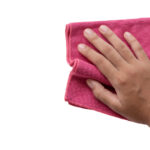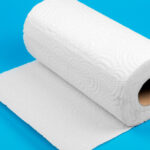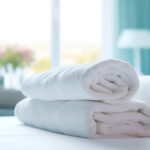Bamboo fabric is becoming increasingly popular as people desire sustainable and eco-friendly materials.
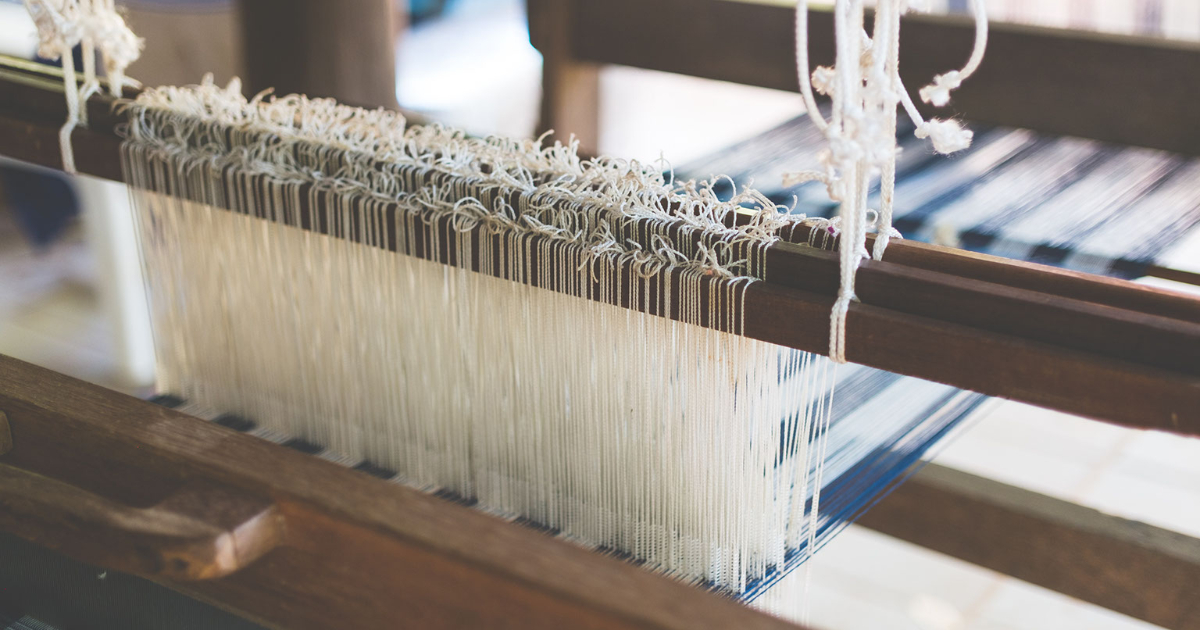
Bamboo, which multiplies without pesticides or fertilizers, is a great eco-friendly option.
It also feels soft and similar to silk, making it ideal for clothing.
Three Types of Bamboo Fabric
Bamboo has become a growingly popular fabric choice due to its numerous advantages.
There are three primary varieties of bamboo fabric:
- Bamboo viscose is the most widely-used type of bamboo fabric due to its softness, comfort, and moisture-wicking abilities.
- Lyocell bamboo has the same softness and moisture-wicking abilities as bamboo viscose but is produced using a gentler, eco-friendly process.
- Mechanically produced fine bamboo is created by crushing the plant without chemicals. As a result, it offers the most natural type of fabric made from bamboo – though its texture may differ from lyocell bamboo or viscose bamboo.
Various options for fabric options made with bamboo depend on preferences for softness, eco-friendliness, or texture.
Bamboo viscose
Bamboo viscose is a fabric created from the cellulose of bamboo plants.
Woody bamboo stems are broken down into pulp and then dissolved in a chemical solution.
Then, it is spun into yarn and knitted or woven into the fabric. It has a soft, breathable nature that feels like silk against your skin.
As such, it has become widely used in clothing due to its softness and breathability.
It Is renowned for its antibacterial and moisture-wicking qualities, making it an ideal material for athletic wear.
Though this synthetic fabric requires less water and chemicals than other synthetic fabrics, concerns have been raised regarding their environmental impact.
When selecting bamboo viscose products, choosing those from reliable sources is essential.
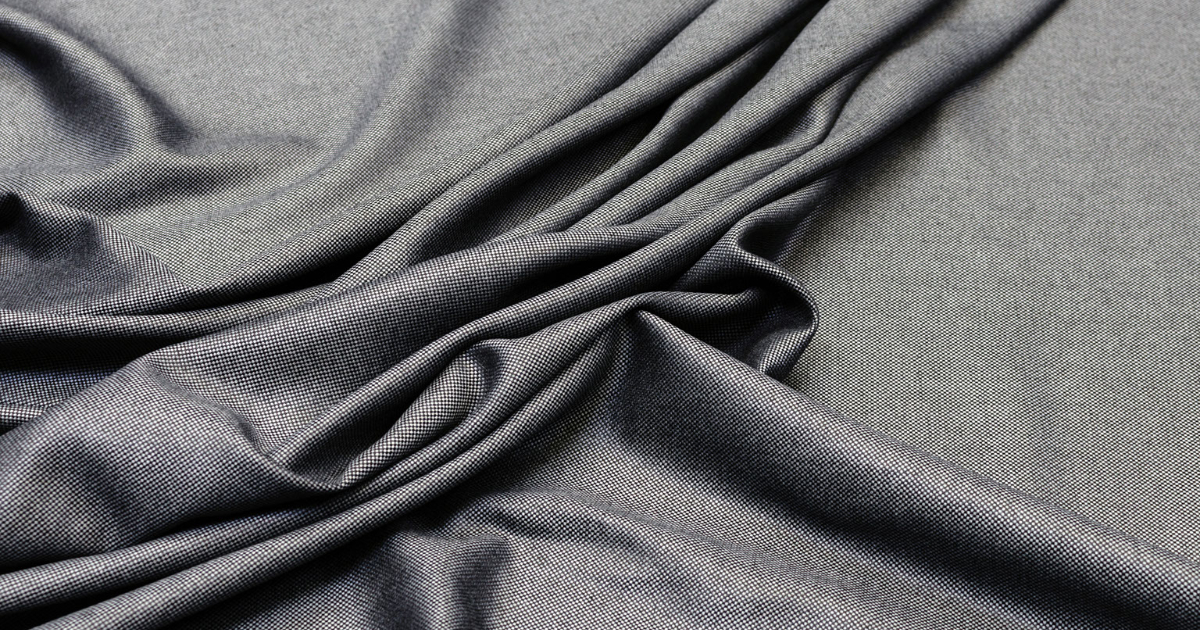
Lyocell bamboo
Lyocell bamboo, also called bamboo rayon or Tencel, is a fabric created from the pulp of bamboo plants.
To create it, dissolving the bamboo pulp in an organic solvent produces a dense solution.
From there, the solution is forced through tiny holes to form long fibers, then spun into yarn for softness and moisture-wicking properties.
Lyocell bamboo is also environmentally friendly, as the chemical solvents used in production can be recycled and reused.
In contrast, bamboo plants require little water and no pesticides for rapid growth.
This type has become increasingly popular recently as a sustainable alternative to cotton-based textiles.
Mechanically produced bamboo fabric
Mechanically produced fine bamboo fabric is an alternative material created through mechanical rather than chemical means.
Bamboo fibers are crushed and spun into threads instead of being dissolved in chemicals before being reformed.
This process creates an incredibly soft and lightweight fabric, offering a luxurious feel suitable for clothing, bedding, and other textile products.
Bamboo is an environmentally friendly material – an attractive alternative to other fabrics. As such, mechanically produced fine bamboo fabric has become increasingly popular with customers seeking high-quality textiles that care about the environment.
Facts And Tips About The Bamboo Fabric
- It can be machine washed gently with cool water; however, hand washing is preferred.
- Avoid bleaching or ironing it, as this can damage its fibers.
- Use sharp scissors and needles and a walking foot (if available) to avoid slips or bunching up the fabric when sewing with it. This helps prevent the material from becoming damaged during handling or transport.
- It is becoming an increasingly sought-after material for creating stylish clothing due to its environmentally friendly qualities, softness, durability, and hypoallergenic properties. Bamboo fabrics also boast a host of advantages over other fabric types.
- Bamboo is an environmentally friendly resource that overgrows and doesn’t require pesticides or fertilizers. In addition, bamboo fabrics are biodegradable, making them a perfect choice for eco-conscious crafters.
- It is soft and silky to the touch yet strong and durable – perfect for everyday wear and special occasions.
It offers so many advantages. It’s no wonder why it has become such a sought-after material among crafters looking to craft fashionable apparel items.
How to Sew with Bamboo Fabric
Sewing with bamboo fabric can be a delightful experience if you know how to go about it.
- Select an appropriate sewing machine needle, usually size 11 or 14.
- Before beginning your project, ensure your fabric has been prewashed and dried to reduce shrinkage.
- When cutting bamboo fabric, use a sharp pair of scissors to prevent fraying.
- When sewing with it, use a low to medium heat setting on your iron and avoid pressing too hard to protect the material from damage.
- Furthermore, since bamboo has natural stretch properties, use a stretch or zigzag stitch on your sewing machine for additional versatility.
These simple tips will allow you to sew effortlessly with a bamboo fabric and create stunning garments and accessories that are both beautiful and eco-friendly.
Finding the Perfect Bamboo Fabric for Your Project
When selecting bamboo fabric for your project, take into account the following:
- Fabric weight – Lightweight bamboo works best for shirts and blouses, while medium-weight bamboo works excellent for dresses and skirts. Heavyweight bamboo works best as pants or a jacket.
- Fabric weave – Tightly woven bamboo will be more durable than its loosely woven counterpart, so opt for a tighter weave when crafting something that will get plenty of use, like pants or jackets.
Bamboo fabric can be cut and joined for seamless construction.
Cutting it requires either sharp scissors or a rotary cutter.
Use a cutting mat to protect your table or countertop from damage when using the latter.
To join pieces of bamboo fabric together, apply either bias tape or French seams.
Where To Shop For Bamboo Fabric?
Bamboo fabric has recently seen a meteoric rise in popularity as an environmentally friendly and sustainable alternative to traditional textiles.
If you’re searching for bamboo fabric, there are plenty of options available to choose from.
Bamboo clothing, bedding, and other household items made of this fabric can be found at many retail outlets – major department stores and online shops.
Furthermore, you’ll find specialized boutiques dedicated to eco-friendly and sustainable fashion.
Many small businesses and artisans sell handmade bamboo items through online marketplaces like Etsy.
Look for organic or eco-friendly products to guarantee you make a sustainable choice.
Conclusion
Bamboo fabric is one of the most sustainable and versatile materials.
It’s famous for its softness, durability, and breathability – among other qualities.
As such, bamboo fabric has become an increasingly popular choice among eco-conscious consumers looking for sustainable and eco-friendly alternatives to traditional textiles.



